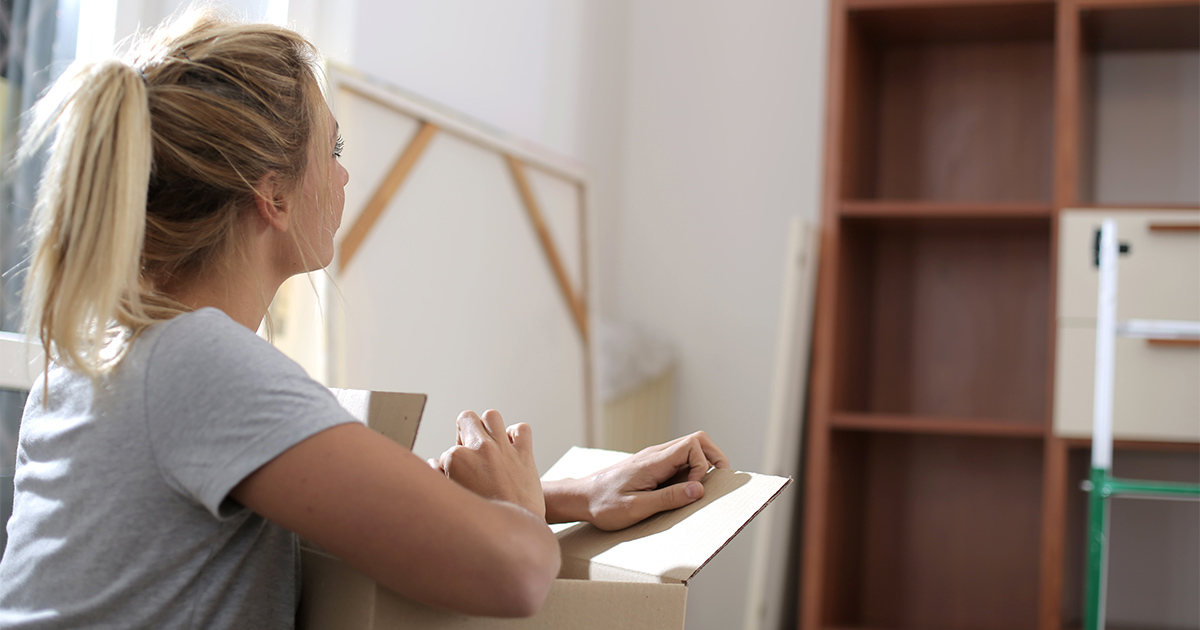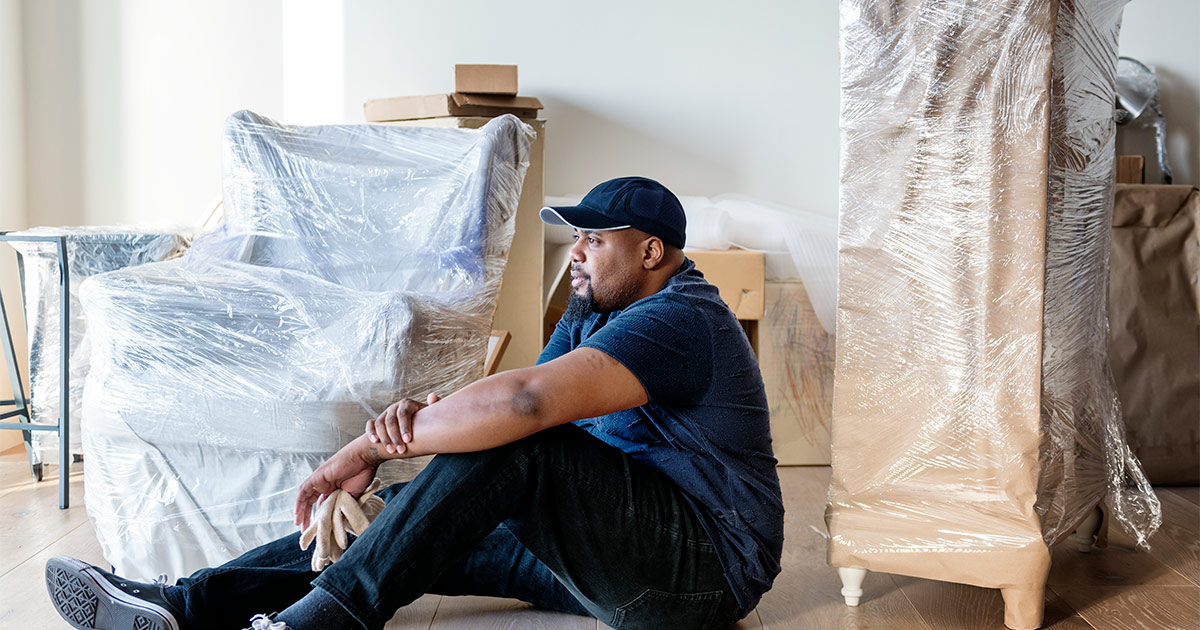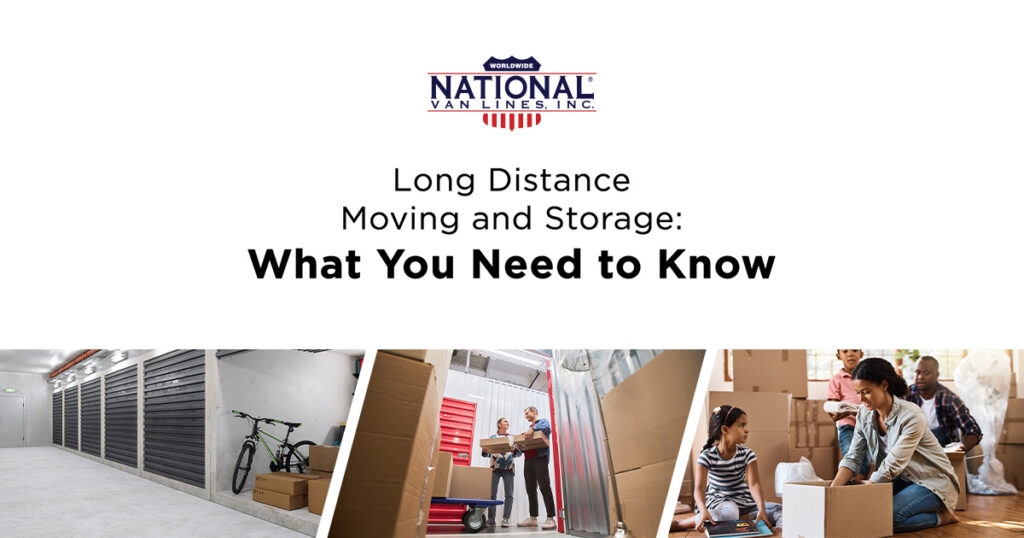Realizing you’re moving long distance often comes with a swirl of emotions. One moment you feel energized and hopeful about a fresh chapter. The next moment, you feel guilty or anxious for leaving behind what you know so well. That emotional tug of war is natural.
After decades of helping people move, National Van Lines has learned that what makes a move challenging isn’t the number of boxes, but the emotions that come with change. Relocation is as much a mental and emotional journey as a physical one.
In this article, you’ll get:
- A deeper look at the emotional arc many people travel
- Psychological insights to help make sense of what you’re feeling
- Practical ways to cope before, during, and after the move
- Encouragement to see this transition not just as loss, but also a chance for growth

What are some emotions that people feel when they leave and arrive during a long distance move?
We often compare moving to a form of loss. You’re leaving behind people, daily routines, and a place that’s part of your identity. That kind of change can mirror some elements of the grief process such as denial, anger, sadness, and acceptance. Recognizing that doesn’t mean your feelings are melodramatic. It means they’re human.
One way to understand this is through the metaphor of emotional waves. Emotions come and go like tides. You don’t have to fight them, but you can learn to ride them. If you try to suppress them, they often resurface stronger.
There’s also a strong connection between the brain and body when it comes to emotion. Physical changes like heart rate, breathing, and muscle tension all influence how we feel. When relocating, your body may react to uncertainty before your conscious mind even registers it.
Arriving also has its own unique set of emotions. You might expect relief or excitement on day one. But often there’s an emotional letdown. The piles of boxes, the unfamiliar streets, and the echo of silence where your old life used to hum can make you feel disconnected or lonely just when you’ve finally arrived.
Stress hormones (like cortisol) may still be high, and your mind might keep comparing past comforts with current uncertainty. Still, this “dip” is temporary. Over time, as you create new routines, make connections, and settle in, your emotional balance begins to return.
What are some good coping tools for handling a long distance move?
The emotions that come with a long distance move can be big: Excitement, stress, nostalgia, or even guilt. You can care for yourself by planning ahead and using simple coping tools that help you stay grounded. These ideas are based on how people adapt to major life changes and can make the process feel more manageable from start to finish.
Try a few of these practices:
- Affect labeling: Naming your emotions (“I feel anxious,” “I miss home”) helps your brain shift from reaction to reflection, reducing intensity over time.
- Emotional acceptance: Let yourself feel what’s coming up instead of pushing it away. Recognizing emotions as natural helps you release them more easily.
- Movement as grounding: Physical activity is one of the best stress relievers. A short walk, stretch, or unpacking session can help your body shift from “go mode” to “settling mode.”
- Breathing and relaxation: Deep breathing or progressive muscle relaxation can calm your nervous system after a long day of packing or travel.
- Memory rituals: Visiting a favorite spot or sharing a simple goodbye dinner can help you honor the place you’re leaving behind.
- Journaling and reflection: Write letters to yourself about what you’re leaving, what you’re gaining, and what you hope for in your new home.
- Support and connection: Talk things through with someone you trust. Saying what you feel out loud helps it feel lighter and more manageable.
- Pacing and planning: Build small breaks into your schedule and give yourself time to rest between tasks. Emotional space is just as important as physical space when moving.
These tools don’t erase stress, but they help you work with it. This can turn a big transition into an experience you can approach with steadiness and care.

How do I create safety and peace in my new home?
Once you arrive, focus on rebuilding comfort and familiarity in your new space. Start by unpacking intentionally. Begin with the areas that matter most, like your bedroom or another spot that feels personal and safe. Surrounding yourself with familiar objects helps your mind register the space as home and brings a sense of calm.
As you settle in, small actions make a big difference. You might:
- Create simple routines, like making coffee at the same time each morning or taking a short evening walk.
- Explore your surroundings and find local spots (a park, a café, or a quiet corner) that could become part of your daily rhythm.
- Reach out to others. A quick hello to a new neighbor or a visit to a community event helps you feel connected faster. Use online resources like social media to create these connections, too.
Give yourself space for emotional ups and downs, since adjustment rarely happens in a straight line. Some days will feel steady, while others might bring unexpected homesickness or fatigue. Both are normal, and both will pass.
End your days with a few moments of rest. Deep breathing, stretching, or simply sitting quietly can help your body and mind unwind. Each small act of care builds a sense of stability, turning a new house into a true home over time.

Growing Through the Move
Moving, especially over a long distance, often stirs up more emotions than you expect. In the beginning, there’s the weight of leaving behind familiar places, people, and routines. As you make your way through the process, those feelings of excitement and uncertainty can mix together, creating a blur of change that’s both challenging and rewarding.
With time, the new becomes familiar. You start to see how each step was part of a bigger story of growth. The emotions tied to long distance moving are real, valid, and deeply human. It’s normal to feel both joy and loss at the same time. What matters most is giving yourself permission to experience it all.
National Van Lines understands that every move is more than a relocation. It’s a story of transition, growth, and resilience. Wherever life takes you next, may your move be both smooth and meaningful.
You just learned practical ways to manage your emotions, no matter what they are, during a long distance move. You’re probably also curious about how to keep your most prized possessions safe during the journey. Start by reading our blog on how to protect your medicine and jewelry during a move.




